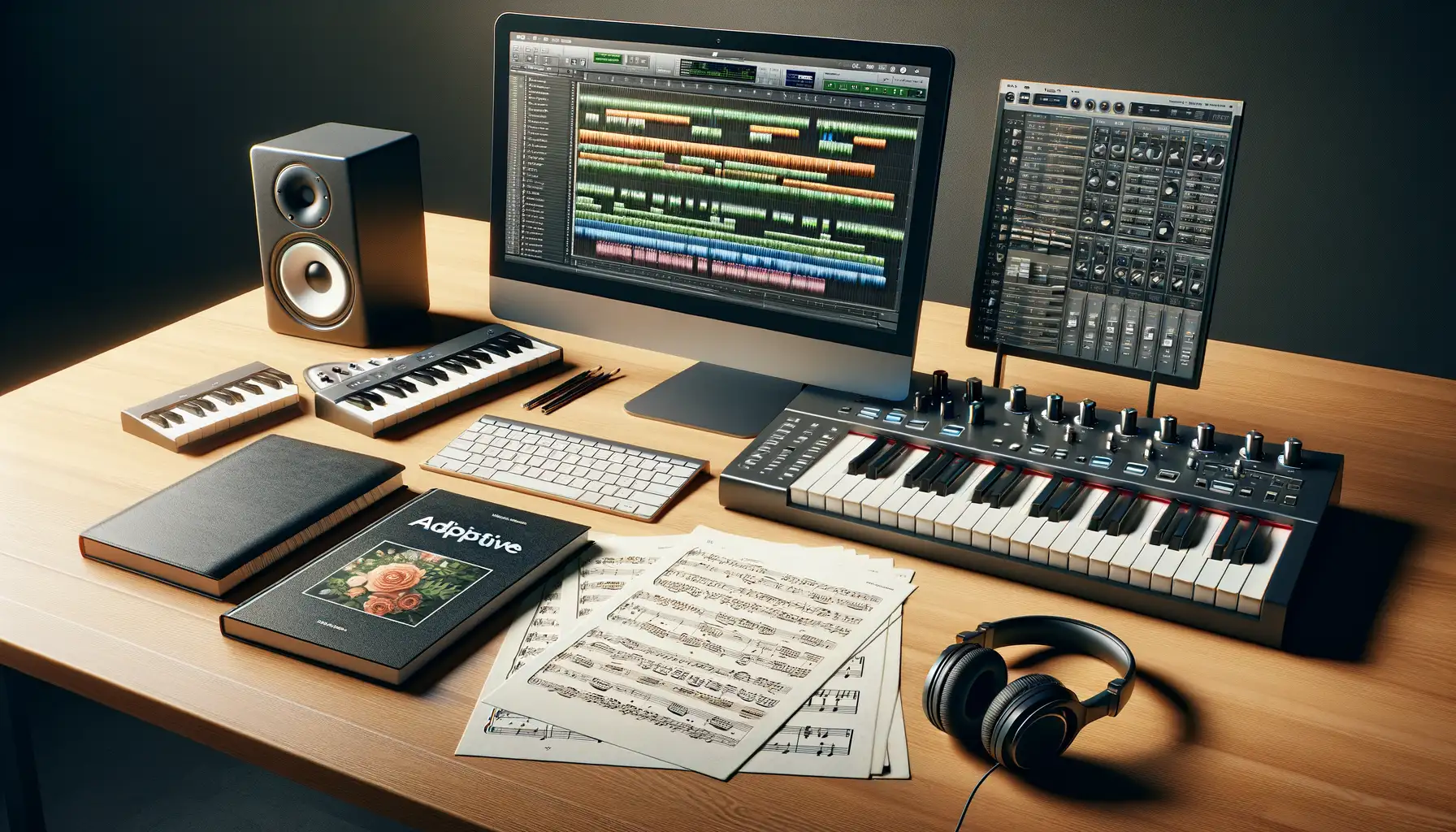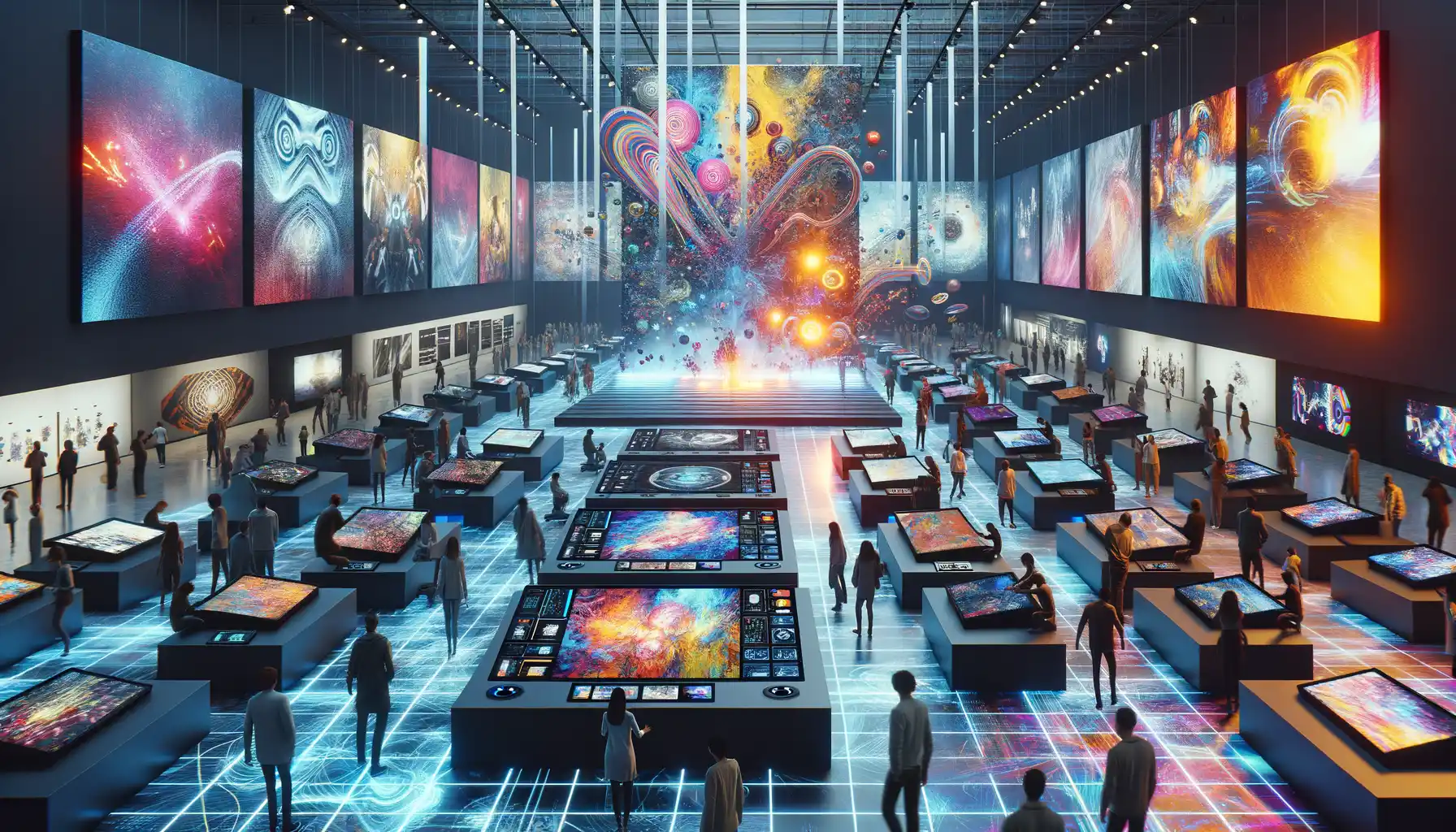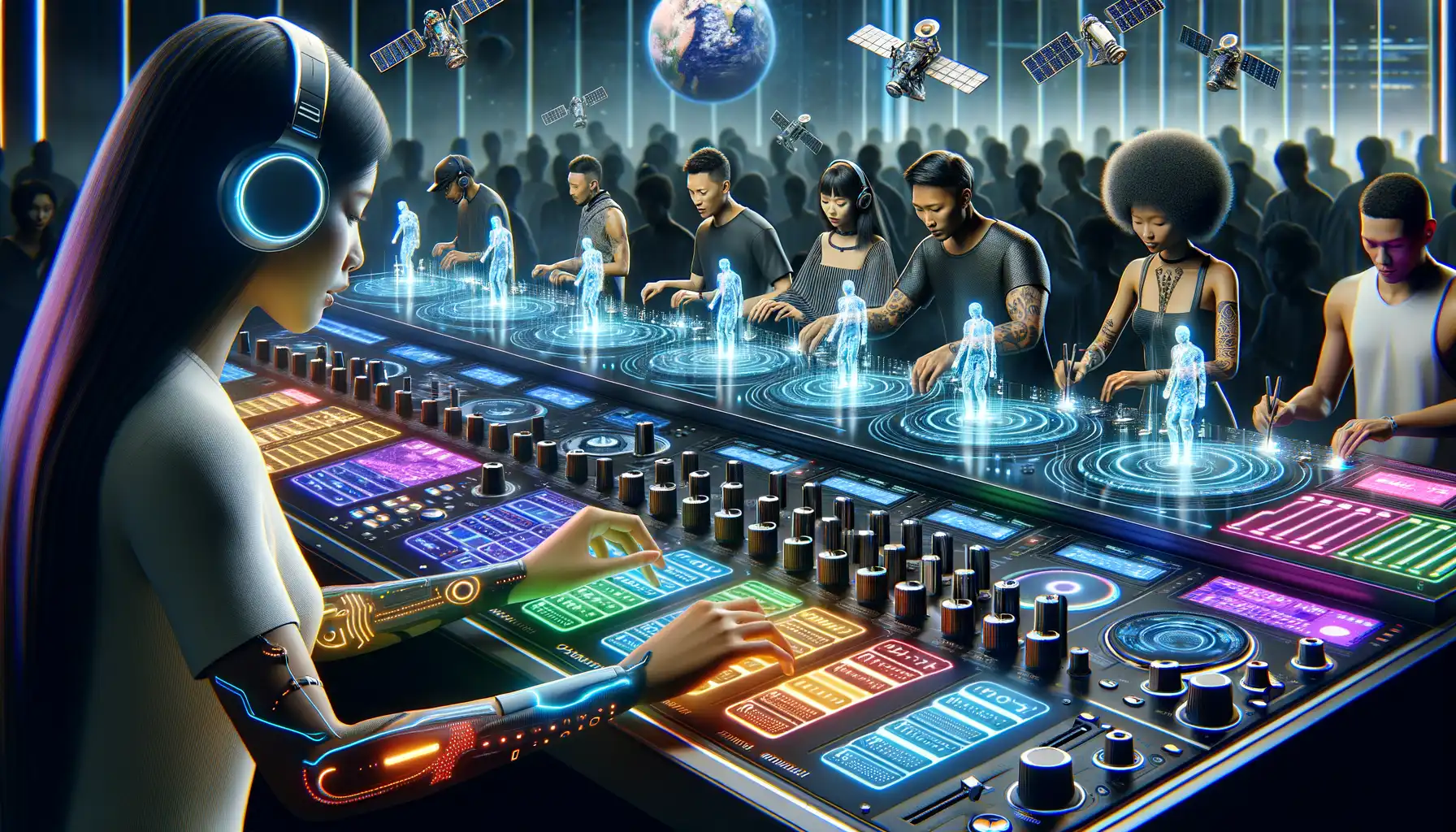Understanding Adaptive Music for Multimedia
What Makes Adaptive Music So Magical?
Imagine walking through an interactive art exhibit where the music morphs and sways with your every movement—your presence becomes part of the composition. This is the essence of adaptive music, a groundbreaking approach that doesn’t just play in the background but responds, shapes, and evolves based on real-time inputs. Unlike traditional soundtracks, adaptive scores are alive; they react to user interaction, environmental triggers, or narrative beats.
Here’s a real-world example: picture a video game where you’re exploring a mysterious forest. Suddenly, the serene melody deepens into haunting tones as shadows encroach—a subtle nudge that danger lurks close. That seamless shift? All thanks to adaptive music.
- Dynamic Layers: Separate musical elements (strings, percussion, vocals) fade in and out to match moments of intensity or calm.
- Real-Time Triggers: Sounds that react to player movements, like footsteps dictating drum tempos.
Why Does It Matter in Multimedia?
Think about immersive installations, VR experiences, or even your favorite Netflix series. Without adaptive music, these worlds would feel static, flat—missing the pulse of energy that keeps you hooked. It’s not just sound; it’s storytelling, atmosphere, and emotion combined.
Key Features of Adaptive Music Composition Tools

Dynamic Soundscapes at Your Fingertips
Imagine this: a scene unfolds in a rain-soaked alley, the sound of distant thunder rolling as shadowy figures move through the frame. But as the character enters a warm café, the music shifts, seamlessly matching the change in mood with soft piano notes. This is the magic of adaptive music composition tools—and they’re here to revolutionize multimedia storytelling.
These tools are built to react in real-time, letting music follow the flow of a story as if it has a heartbeat of its own. Whether it’s syncing to motion sensors, responding to character actions, or even adjusting based on audience interaction, these features give creators unprecedented control over immersive soundscapes.
- Real-Time Adaptation: Music adjusts automatically to changes in visual or interactive elements.
- Versatile Integration: Works seamlessly with popular game engines and multimedia platforms like Unity, Unreal Engine, and more.
- User-Friendly Controls: Accessible interfaces let even non-musicians create dynamic compositions.
- AI-Driven Suggestions: Built-in algorithms offer chord progressions or melody ideas to fit your project’s vibe.
Intuitive Tools for Complex Creations
Let’s talk workflow. Gone are the days of manual MIDI adjustments or endless hours tweaking loops. With features like timeline automation and conditional triggers, these tools practically predict what you need before you know it yourself! Want a suspenseful swell when footsteps stop? Just set a trigger. Need an eerie high-pitched string when tension rises? These tools handle it beautifully.
Some even allow you to program emotional arcs, mapping tempo and intensity as a mirror to your story’s climactic moments. It’s like having a composer who reads your mind—but better.
Top Tools for Adaptive Music Composition

Unleash Your Creativity with Cutting-Edge Tools
Picture this: you’re crafting a soundscape that flows and shifts like a living, breathing entity—reacting to its environment, mirroring emotions, and drawing your audience deeper into the experience. To pull off this kind of sonic wizardry, you need the right tools in your arsenal. Let’s dive into the gems of the adaptive music world that make this magic possible.
Some tools go beyond composition—they empower storytelling. Take WWISE (WaveWorks Interactive Sound Engine), for example. This isn’t just software; it’s an alchemist’s lab for intricate audio design. Its advanced real-time mixing capabilities make it perfect for multimedia installations where sound needs split-second adaptability.
For musicians who prize flexibility, Logic Pro X combined with the Max/MSP plugin allows composers to create custom logic—where no two playback sessions are ever the same. Think of it as designing a musical snowflake, unique every time it plays.
- FMOD Studio: Made for intuitive adaptive workflows. Its visual interface lets you tweak sounds like shaping clay with your hands.
- Ableton Live: With its powerful session view and MIDI mapping, improvisation becomes second nature.
Each of these tools transforms raw compositions into dynamic, listener-responsive masterpieces. Which will you explore first? The “aha!” moment awaits.
Applications in Multimedia Installations

The Dance of Sound and Visuals
Picture this: you step into a gallery, and as you move closer to a glowing digital installation, the music shifts. It mirrors your footsteps, your gestures—your very presence. That’s the magic of applying adaptive music composition tools to multimedia installations. These tools don’t just enhance the visuals; they give them a beating heart, an invisible orchestra responding in real time.
In immersive art spaces, adaptive music thrives by interpreting audience interaction. Think of motion sensors guiding soundscapes or heart rate monitors weaving beats into pulsating rhythms. A projection mapping display, for instance, might sync its dazzling colors with a soundtrack that morphs dynamically based on environmental cues like room temperature or crowd density.
From Museums to Theaters: Where It Shines
Adaptive music composition isn’t just for avant-garde galleries. Its applications are sprawling:
- Museums: Exhibit tours transform into sonic journeys, adjusting audio to match themes or pacing.
- Theater productions: Live performances gain depth through sound scores that adjust to lighting and actor movements.
- Brand activations: Retailers create unforgettable atmospheres by tailoring background music to the shopper’s behavior.
Every shift, every sound, feels alive—an authentic dance between technology and creativity. That’s not just music; that’s storytelling elevated to an art form!
Future Trends in Adaptive Music Technology

Blurring the Lines Between Music and Interaction
Imagine a world where music doesn’t just play in the background—it *responds*, evolves, and even anticipates your next move. The future of adaptive music technology is all about removing the wall between creators, audiences, and their sonic environment. With advancements like machine learning and real-time data analysis, we’re now seeing music systems that adjust to emotions, body movements, or even biometrics like heart rate!
For example, picture a museum installation where the soundtrack subtly shifts as visitors pause longer at certain exhibits. Or, in gaming, imagine soundscapes that not only react to gameplay but *predict* tension and adjust the tone accordingly. These aren’t far-off fantasies—they’re becoming reality.
From Rooms to Worlds: Immersive Possibilities
What’s truly electrifying is the scale. Today, most adaptive systems are contained—built for a single game or installation. But tomorrow? Entire smart cities could have integrated musical layers, blending environmental sounds with curated compositions based on time of day, weather, or even foot traffic. We’re talking entire *worlds*, alive with music.
